23+ Sample Branding Scope of Work
-
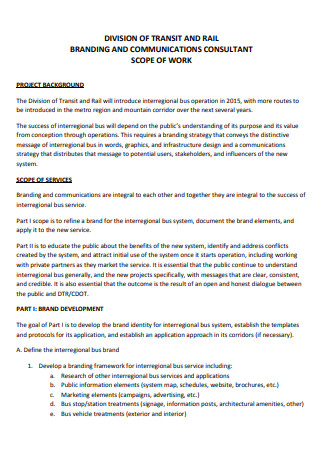
Branding and Communication Consultant Scope of Work
download now -

Branding Design Contract Scope of Work
download now -

Club Branding Project Scope of Work
download now -

Branding Scope of Work Example
download now -

Program Brand Development Scope of Work
download now -
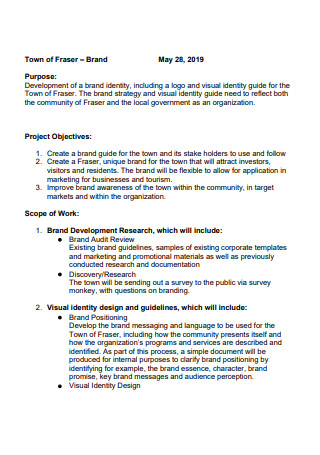
Basic Brand Scope of Work
download now -
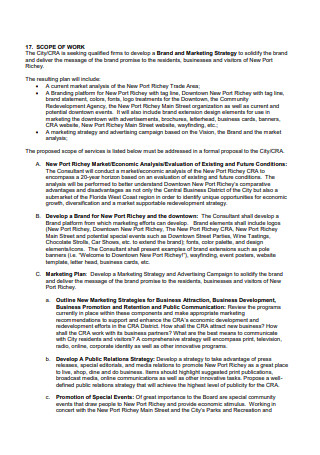
Brand and Marketing Strategy Scope of Work
download now -
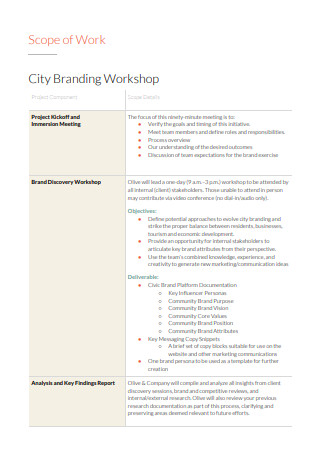
Branding Workshop Scope of Work
download now -
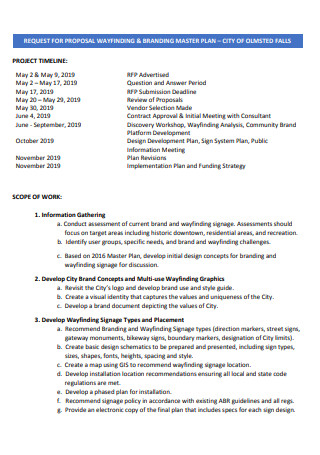
Branding Master Plan Scope of Work
download now -

Branding Services Scope of Work
download now -
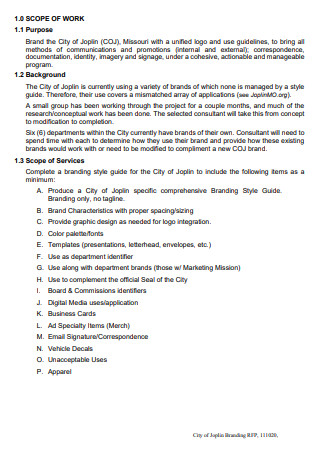
Branding Scope of Work in PDF
download now -

Brand Identity Scope of Work
download now -
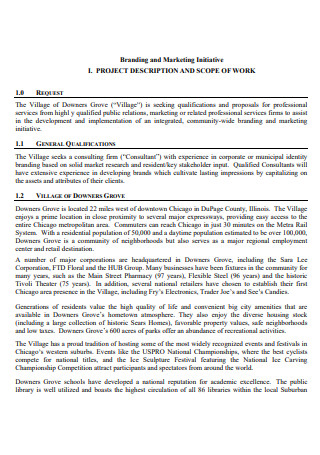
Branding and Marketing Initiative Scope of Work
download now -

Branding Agency Scope of Work
download now -
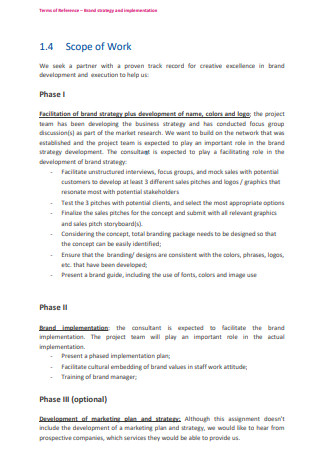
Brand Strategy and Implementation Scope of Work
download now -

Standard Branding Scope of Work
download now -

Branding Goals Scope of Work
download now -

Branding and Digital Design Services Scope of Work
download now -

Branding and Image Campaign Scope of Work
download now -

Tourism Regional Branding Scope of Work
download now -

Development Marketing and Branding Scope of Work
download now -

Printable Branding Scope of Work
download now -

Formal Branding Scope of Work
download now -

Brand Licensing Scope of Work
download now
FREE Branding Scope of Work s to Download
23+ Sample Branding Scope of Work
What is a Branding Scope of Work?
Different Types of Branding Strategies
Benefits of Using a Branding Scope of Work
Basic Elements of a Branding Scope of Work
How to Create a Branding Scope of Work
FAQs
What are some examples of branding scope of work?
What are the key elements in a branding scope of work that should be included?
What are the different types of branding strategies?
What are the fundamental benefits of using a branding scope of work?
What is the difference
What is a Branding Scope of Work?
A branding scope of work is a clear and concise document that contains a simple and essential description on the development plans of a particular branding design project under a specific contract. It presents all aspects of the branding design project which includes several concept development and market analysis reports, deliverables like mood boards and brand style guide, milestones, end products, and many more. This scope of work acts as a useful guide so that both the brand designer and the prospective client have adequate knowledge and clear insight of the overall branding design process, as well as various branding strategies like rebranding of a particular business, product or service.
According to a 2019 report, brands should showcase their authenticity to be able to connect properly with their target audience as 86% of consumers say that authenticity is a key factor when deciding what specific brands they like and support. Being transparent and consistent in branding and messaging is valuable as well as upholding values that brands can stay true to.
Thus, all types of brand designers, and other key individuals in a certain brand agency should effectively create a compelling branding scope of work for the smooth flow of execution in their brand and marketing projects.
Different Types of Branding Strategies
Actually, there is no one-size-fits-all option in branding strategies. Many businesses should formulate more efficient strategies in their branding. Aside from the brand designer, the marketing team plays a key role in branding products and services with an excellent strategy which parallels the values of the business and resonates with the customers. Coordination, cooperation, and innovation are the core qualities much needed in order to reach success in branding and marketing plans. Here we will explain to you about the different types of branding strategies below:
1. Individual Product Branding
Giving each product of a large company its own brand name is considered as individual product branding. This is widely-used for large business firms or corporate groups with a wide spectrum of famous products. One example of this is Apple. Being a parent company, it also depends on an individual product brand strategy to strategically market and promote its varying brands which includes iPad, iPhone, and Mac.
2. Company or Organization Name Branding
Coca-Cola, Google, Twitter, and Porsche are some companies which rely on company name branding. Leveling up the brand recognition of popular brands like them is made through a successful company name branding. Consumers can easily recognize their logos, slogans, colors and packaging well. As a brand designer, color is integral in expressing a particular company brand in a unique way. This is supported by a 2018 report which reveals that using a signature color in companies and organizations can increase brand recognition by 80%.
3. Attitude Branding
A well-loved brand like Nike uses this type of branding strategy as it promotes a healthy lifestyle which aligns with its infamous slogan, “just do it” while selling different kinds of athletic wear. An attitude or feeling can be applied in marketing a company’s products and services while reflecting the mission and vision statement of the company. This more likely brings the business to life by creating an emotional and valuable connection between the brand and its consumers.
4. Product Line Branding
Does your client need branding for their new product line? One of the basic branding and marketing strategies for companies is product line branding. The current brand name already has a customer fan base. So, the new products that will be introduced in the market will tend to be well received by the brand’s loyal customers. This is crucial in keeping the product competitive and offering satisfaction to the buyer. Product line branding involves different methods such as product adjustment, product positioning, and line extensions. For instance, Microsoft Corporation is a brand which sells some famous product lines such as Windows, MS Office, and the Xbox.
5. Multiple Branding
Amorepacific Corporation, an award-winning South Korean beauty and cosmetic brand, is one example of an enormous company that uses a type of branding strategy called multiple branding or multi-brand strategy which involves possessing more than one brand competing in the same category or product. This is evident as the company operates over 30 beauty, personal care, and health brands such as Etude House, Innisfree, Aritaum, Laneige, HERA, Sulwhasoo, and AMORE PACIFIC. This strategy is advantageous in dominating the market and minimizing opportunities for competitors to penetrate the market.
Benefits of Using a Branding Scope of Work
Nicholas Ind, writer and partner in Equilibrium Consulting, said: “The primary function of brands is to reduce our anxiety in making choices. The more we sense we know about a product, the less anxious we feel.”One of the vital reasons why most of us brand is trust which has become the marketing core of almost all the products and services. This is applied to establish awareness and expand customer loyalty. To fully strengthen your determination and effort in developing sophisticated branding designs, know more about the benefits of using a scope statement of work for branding:
1. Focuses on Goal Attainment
An effective branding scope of work will help you to focus on the important areas where you can concentrate in attaining the specific goals of your branding design project. Also, you will know and understand your top priorities in the project such as the branding design, development, and implementation. So, establish your mission and vision into the paper through innovative concept development and brand design planning statement.
2. Increases Success in Branding Design
Through an organized branding scope of work, graphics designers, branding and marketing consultants, brand designers, and project managers are able to determine the strengths and weaknesses of the branding design project. Consequently, this will assist them in mitigating the weaknesses or negative elements by further increasing the strengths in the brand design, development, and execution to be their success factor. Thus, using a simple and well-written scope of work for branding will augment the success ratio of a branding design project for a certain business firm or organization.
3. Clear Communication and Delegation of Processes
It is very integral that you clarify each of the assigned roles and responsibilities of the people inside your branding agency. Using a scope of work for branding design will help you in communicating and delegating the major processes that must be accomplished to the design professional in accord with the demands of the branding design projects and the competencies of the person. Also, it can assist you in monitoring and managing new branding design developments which can be beneficial when your branding design project needs to have crucial adjustments.
Basic Elements of a Branding Scope of Work
In this section, you will learn how to construct an exceptionally-written and clear branding scope of work. However, a branding scope of work has different elements. Include the following elements for you to create a profound piece of writing:
How to Create a Branding Scope of Work
Scott Bedburry said: “A great brand is a story that’s never completely told. A brand is a metaphorical story that connects with something very deep – a fundamental appreciation of mythology. Stories create the emotional context people need to locate themselves in a larger experience.” To assist you in creating a clear and systematic branding scope of work, below are some easy-to-follow steps:
Step 1: Write a Simple Overview of the Branding Design Project
The first step in creating a branding scope of work is writing a simple and comprehensible overview of the branding design project or simply, constructing a project scope statement which outlines the entire branding design plan. This section contains specific design project deliverables, along with their unique features.
Step 2: Set Solid Goals and Measurable Objectives
What are the crucial steps you need to do in fulfilling your goals in branding design projects? Which initiatives are most urgent? How will you measure your progress and determine whether you reached your project goals? Set definite goals and measurable objectives to help you in accomplishing your branding design goals and initiatives. Analyze the anticipated results and shorter routes to attain the goals in a particular branding design project.
Step 3: Describe the Scope of the Branding Design Project and Other Specifications
The executive summary of the branding design project should portray some in-depth information or descriptions of all mandatory design processes and methods to be able to reach the execution of the branding design project. Include the significant milestones, program with anticipated timeframes of delivered tasks, market research and competitor research reports, pricing, schedule, entirety of outputs such as brand naming, brand identity design, website design and development, and marketing materials, as well as conclusions and benefits and other major aspects that must be fulfilled.
Step 4: Develop a Cohesive Plan
Thus, develop a cohesive and effective plan for your branding design project. In this step, you can identify where to focus and examine the daily progress report and brand development of your design project, as well as facilitating the attainment of project goals, vision and mission.
Step 5: Review and Execute the Plan
Review the overall branding design plan for the project carefully and ascertain that you include all the mandatory points in your scope of work. If you notice that you overlook some sections that require additional points, we suggest that you edit and revise the document. After the proofreading and revision process, you can now finally execute the plan for the branding design of your client.
FAQs
What are some examples of branding scope of work?
Some examples of branding scope of work are branding and communication marketing consultant scope of work, branding design contract scope of work, club branding project scope of work, program brand development scope of work, brand and marketing strategy scope of work, branding workshop scope of work, branding master plan scope of work, branding services scope of work, brand identity scope of work, branding agency scope of work, brand strategy and implementation scope of work, and branding and digital design services scope of work.
What are the key elements in a branding scope of work that should be included?
The key elements in a branding scope of work that should be included are branding design project overview or executive summary, objectives, anticipated deliverables, significant milestones, reports, and end products.
What are the different types of branding strategies?
The different types of branding strategies are pre-design or design research, schematic design, design development, construction documents, building permitting, bidding and negotiation for pricing, and construction administration.
What are the fundamental benefits of using a branding scope of work?
A branding scope of work provides some fundamental benefits to both the brand designer and client. By using this, it allows them to obtain the full picture about the entirety of the branding design project. Additionally, it maintains clear communication and delegation of essential tasks and processes in branding design, aligning them on specific design project goals and objectives. It also facilitates success in branding design work.
What is the difference between a scope of work and a statement of work?
A scope of work is basically written inside the statement of work as it presents the clear and concise process in the accomplishment of the project goals. A Position statement of work contains comprehensive details about the major goals and objectives of a certain project.
Based on a 2019 report, 77% of consumers buy from brands who share the same values as they do. So, creating a simple and well-written branding scope of work is significant in focusing the attainment of project goals, increases the success ratio of the branding design project, and keeps clarity in communication and delegation of branding and marketing processes. We have included several branding scope of work samples that you can download in this article. To conclude this article, be inspired by Daymond John’s words: “The thing about branding is it isn’t etched in stone. A brand is a mark or an image or a perception we stamp on a product, a concept or an ideal, but it doesn’t last forever. Like anything else, it needs to be nurtured and reinforced, or it will start to fade.”
